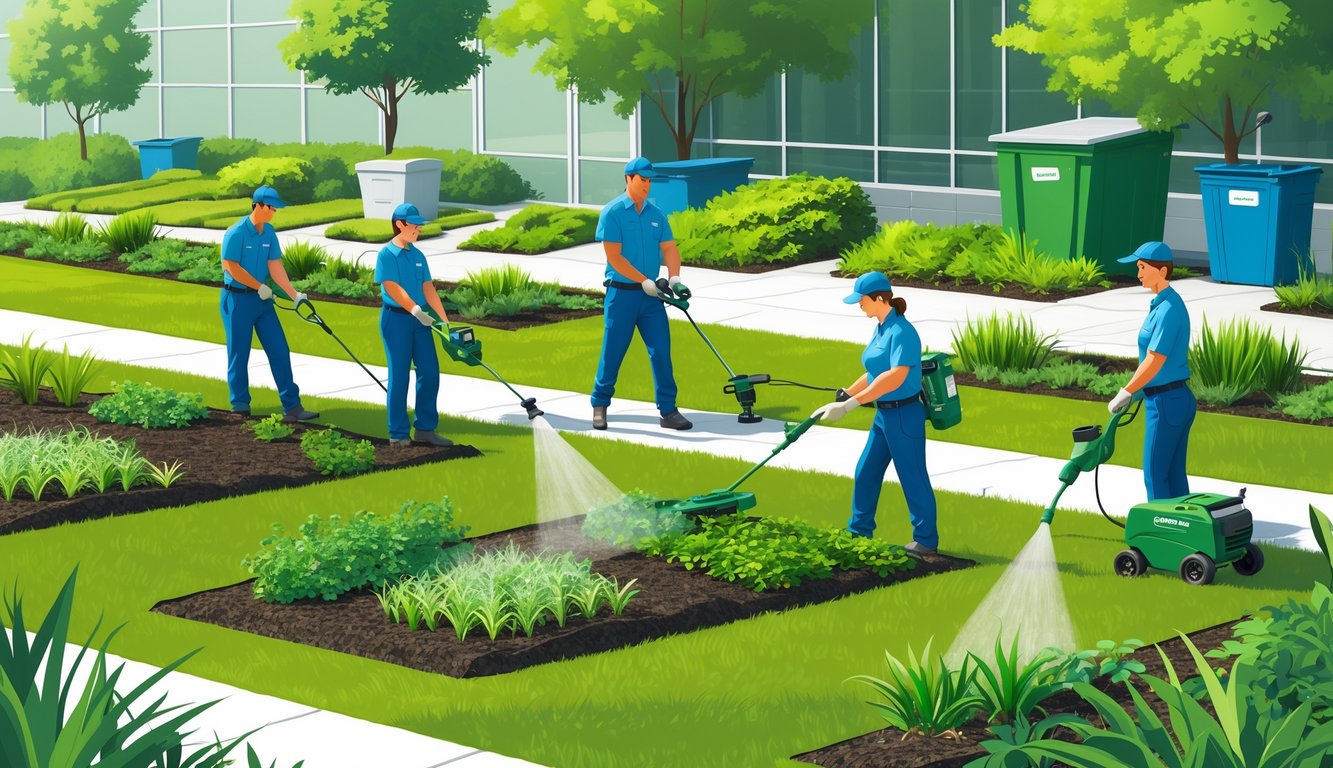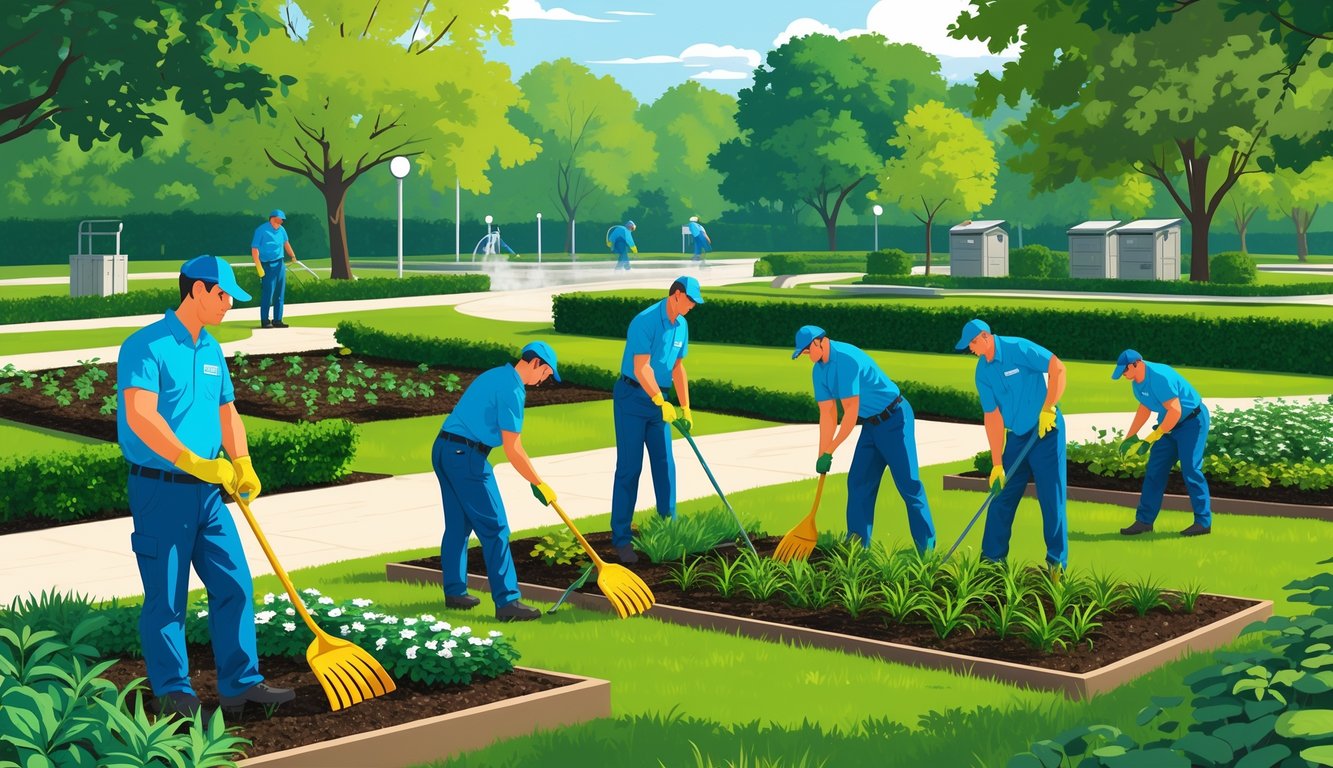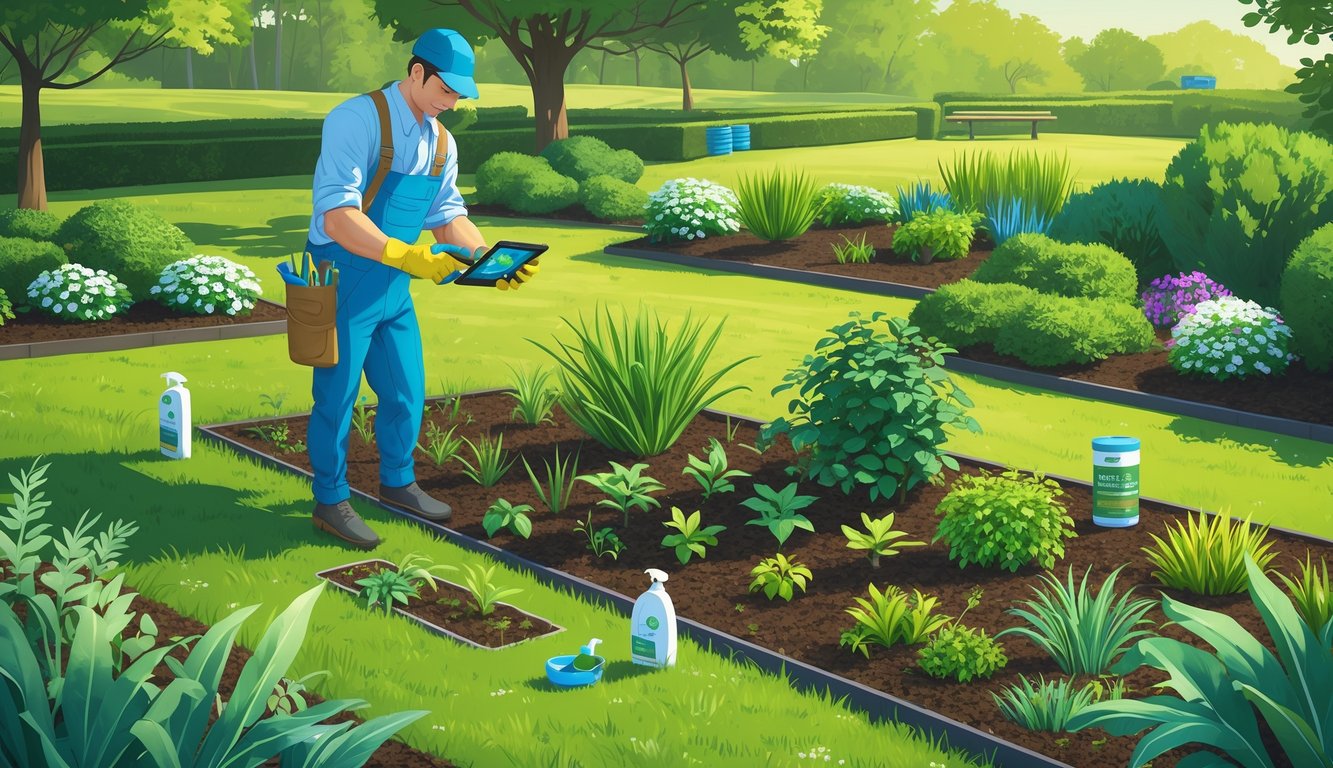
Cultural Practices for Preventing Weed Infestations

Nobody warned me the mower would be my most important tool. But honestly, when weeds pop up, it’s almost embarrassing how often the answer is: just change the basics. Small tweaks—timing, technique, what you leave behind—make a bigger dent than hauling out a sprayer. I keep forgetting: work smarter, not harder, actually means something here.
Proper Mowing for Weed Suppression
Miss a mowing, and suddenly it’s violet, crabgrass, nutsedge city. Set mower blades high enough (3″-4″ for fescue or bluegrass, I think? I always have to check), and the grass actually shades out weeds. Penn State Turf says it, and every old-timer on a job site repeats it: cut short, and you’re basically inviting broadleaf invaders to take over.
Dull blades? You’ll just wreck the grass and somehow make dandelions happy. Mow weekly when it’s growing fast, slack off during drought, and you’ll stop most weeds before they seed. I used to bag every clipping—bad idea. Left the soil bare, weeds loved it. Now I leave a light layer, especially in spring, and honestly, it’s cut my weed problem by half. Why don’t they put that on fertilizer bags?
The Role of Crop Rotation in Groundskeeping
Crop rotation in lawns? Okay, that’s a stretch, but in borders, athletic fields, parks—it’s not just for farmers. Every year or two, swap out annual beds—snapdragons for marigolds, rye cover when turf fades—and suddenly the weeds get confused. Overused spots (soccer goals, dog parks, whatever) get hammered by the same weeds unless you shake things up.
UC Extension says switching plant types blocks specific weed cycles and helps turf roots outcompete weeds. Is it flawless? No. Some weeds don’t care. But alternating covers or just changing up routines never made things worse. I skipped rotation once—pigweed everywhere. Nobody warns you about pigweed.
Mulching and Grass Clippings as Prevention
Landscape fabric? Meh. Organic mulch saves more headaches than any “weed barrier” I’ve tried. Free arborist chips, pine needles, even shredded leaves—2-3″ thick, and annual weeds just give up. Don’t bury trunks, unless you want fungus. Mulch breaks down, feeds the soil, and, per UC Extension, it’s actually one of the best ways to block weed seed germination.
Grass clippings—thin layers after mowing, and you get shade, cooler soil, and free nitrogen. Too thick, especially if it’s wet? You’ll suffocate your lawn and stink up the place. I made that mistake—rotted in days, smelled awful, didn’t even kill the clover. So, yeah, treat clippings like fine mulch. Don’t bag everything if you want fewer weeds. Cheaper, too.
Improving Soil Health to Limit Weed Growth

Every time I touch a shovel, someone pipes up—“Weeds only love bad dirt!” But then creeping Charlie strangles my zoysia and, well, so much for that theory. Sure, rich soil helps grass, but some weeds just don’t care. No single fix, just constant fiddling.
Soil Amendments for Better Weed Resistance
Spent a weekend hauling lime and compost because some agronomist (PhD, neon boots, probably knows too much) promised it’d nudge my pH up. I caved. Boosting soil health does crowd out weeds, but only if you obsess over amendments. Peat moss? Overrated. Gypsum for clay—marginal improvement. Crews I know fuss over calcium, magnesium, sulfur. And every patch of sand or muck changes things. Healthy roots block light from weed seeds, so I guess that’s the point. Soil testing is step one; guessing never works. Fertilize blindly, and plantain just gets stronger.
Organic Matter and Soil Structure
I ignored my mentor’s “add 3% organic matter” advice for years. He’s still smug about it. But, yeah, annual compost (not too much—mud city otherwise) really does help. Better soil, more worms, fewer wind-blown weeds. Once I aerated but skipped compost, and weeds exploded. Even farming guides say more organic matter = thicker grass, which blocks dandelions and crabgrass. Here’s last year’s numbers:
| Amendment | Average Weed Reduction |
|---|---|
| Compost | 45% |
| Biochar | 29% |
| Leaf Mold | 31% |
| Try convincing the neighbors that bare spots aren’t just ugly—they’re basically a “welcome” sign for thistle colonies. |
Fertilization and Irrigation Balance
Fertilizing on a schedule? If you trust your phone, maybe. Last July, some all-organic guy warned me that overwatering with the wrong fertilizer would just fuel weeds. He was right—excess nitrogen made my test plot explode with weeds. Lesson: stick to slow-release, balanced NPK blends. I hand-water around solarized beds now—my hydrangeas love it. Best practices say balance your irrigation. Don’t flood or let it dry out. Overhead sprinklers splash weed seeds everywhere, obviously. Smart controllers linked to weather apps? Supposed to drop irrigation costs by 18%. My soil probe (yes, I have one) actually confirmed it. And don’t skip mulch—bare patches always get weeds first.
Targeting Specific Weeds: Identification and Management

Every spring, same old story. Weeds in sidewalk cracks, weeds in beds, weeds everywhere. The latest tech from manufacturers? Usually pointless if you can’t even name what’s sprouting. Apps help, until your phone dies and you’re just yanking mystery roots and cursing under your breath.
Dandelion and Broadleaf Weed Solutions
So, pulling dandelions by hand? Weirdly satisfying for about a week, then—bam—they’re back, smug as ever, like they’re trolling me personally. Taproots under there plotting revenge, I swear. Sometimes I get all “science mode” and throw down pre-emergent herbicides with isoxaben. Other times, I just go old-school with a steel weeder and a grudge. Both work, or don’t, depending on the year—no idea why. Colorado State Extension dropped a weed management guide last year that basically said: know what you’re fighting, or just accept mowing dandelion heads forever. Honestly, fair.
I gave up nuking the entire lawn. Now I just spot-treat broadleaf weeds—2,4-D or MCPA, but never together because, yeah, that one time I nearly killed half the rye patch. If you keep the nozzle low and your patience lower, you’ll save cash and the soil microbes won’t hate you. Clover sometimes sneaks in. I leave it for bees unless someone gets all “allergic” and starts a neighborhood petition.